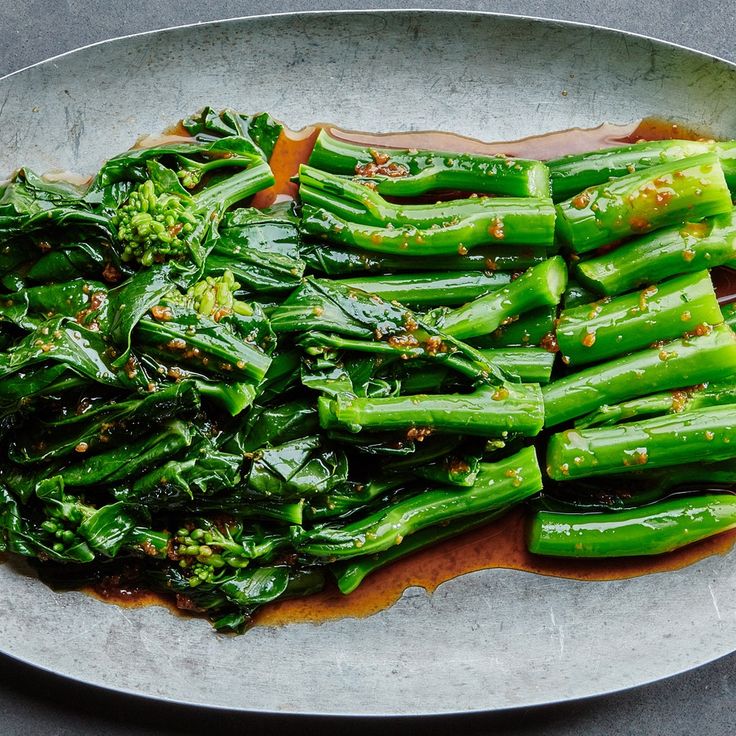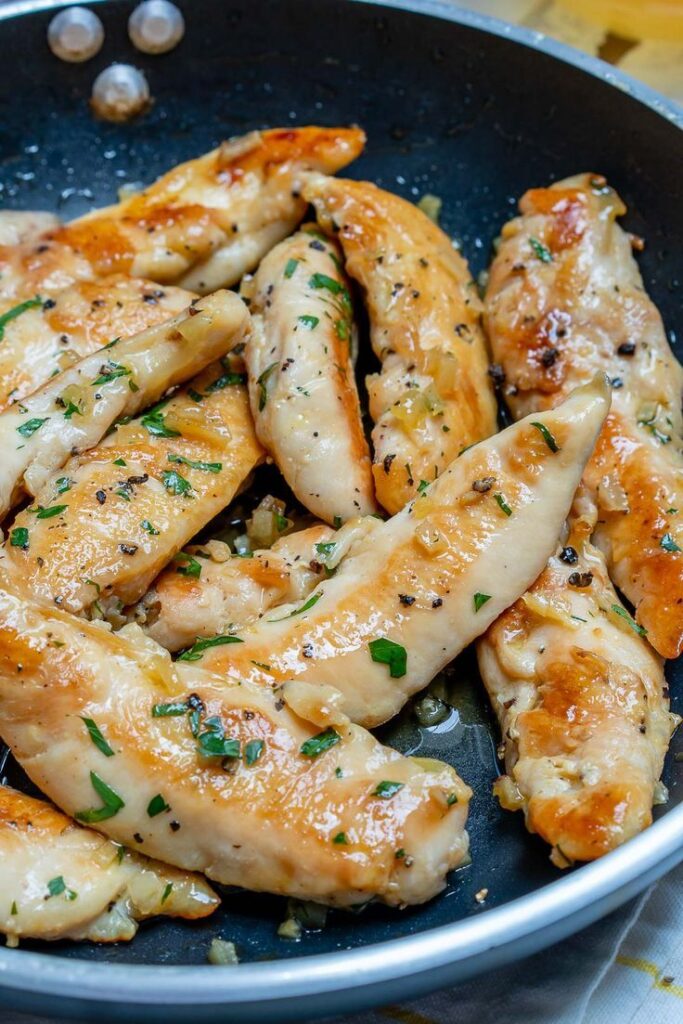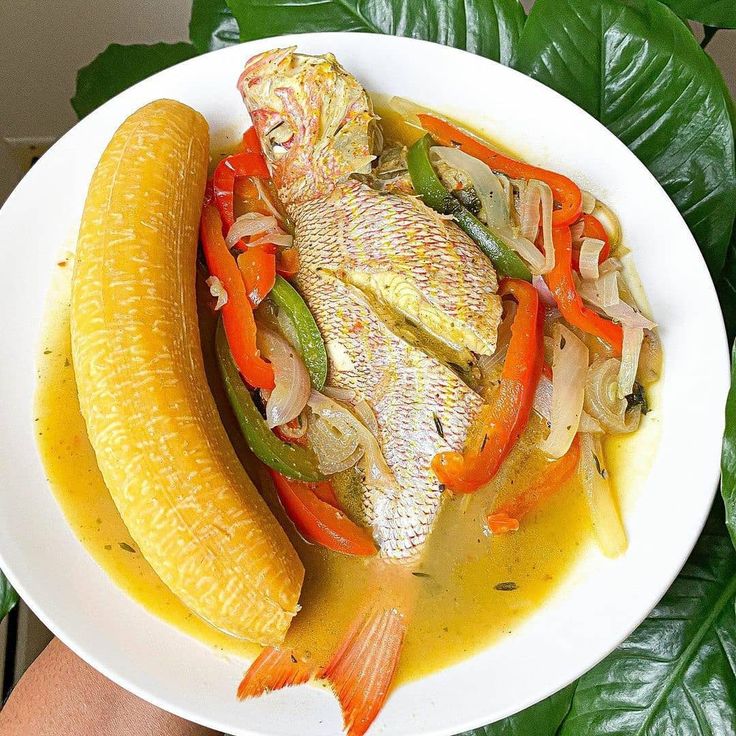Culinary Origins: Revealing the Mysterious Background of the Founder Recipe
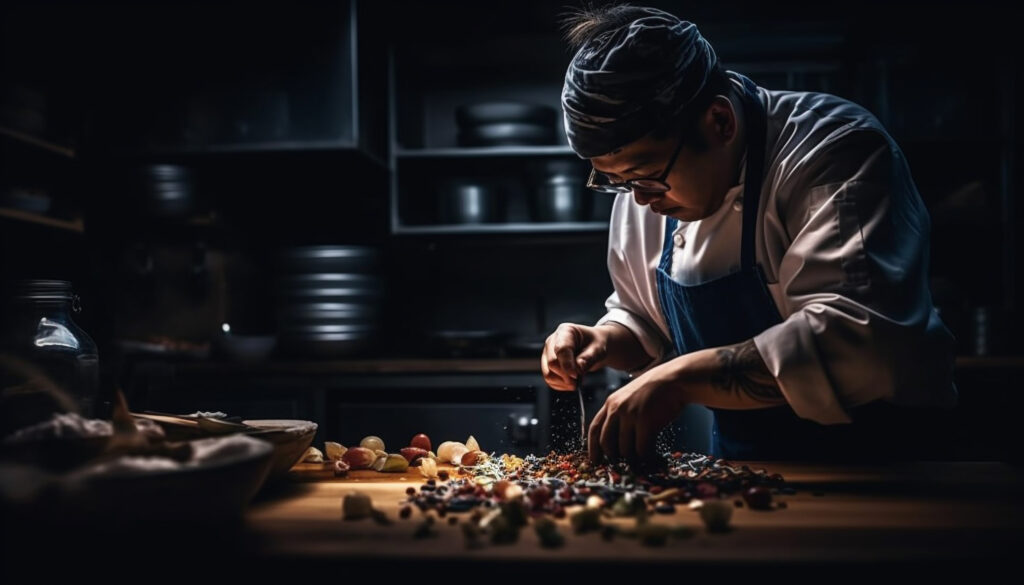
Overview of Who made the first recipe:
In Who made the first recipe we will discuss the topic of who invented the original recipe is still a mystery in the field of culinary history one that has long captivated foodies and academics alike. The exact beginnings of recorded recipes are still a mystery but there are important hints to this intriguing culinary enigma to be found in the development of culinary techniques and the preservation of antiquated culinary customs.
Examining the Past in Culinary Arts: Dissecting Early Culinary Documents
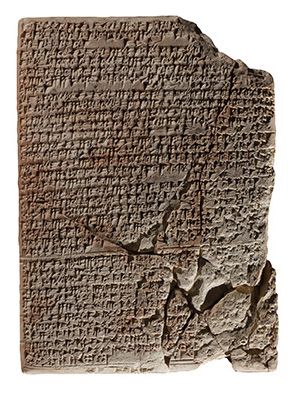
The first known written recipes were discovered on cuneiform tablets in Mesopotamia the region between the Tigris and Euphrates rivers and date to around 1730 BCE. Written in the Semitic language of Akkadian which was used in ancient Mesopotamia these ancient recipes offer comprehensive directions for making a wide range of foods, such as breads, stews and even beer.
These ancient Mesopotamian tablets provide a fascinating window into the culinary customs of a prehistoric society demonstrating their understanding of materials, methods of preparation and the significance of food as a means of subsistence, cultural expression and social interaction.
Cooking Customs Throughout History: An Anthology of Recipes
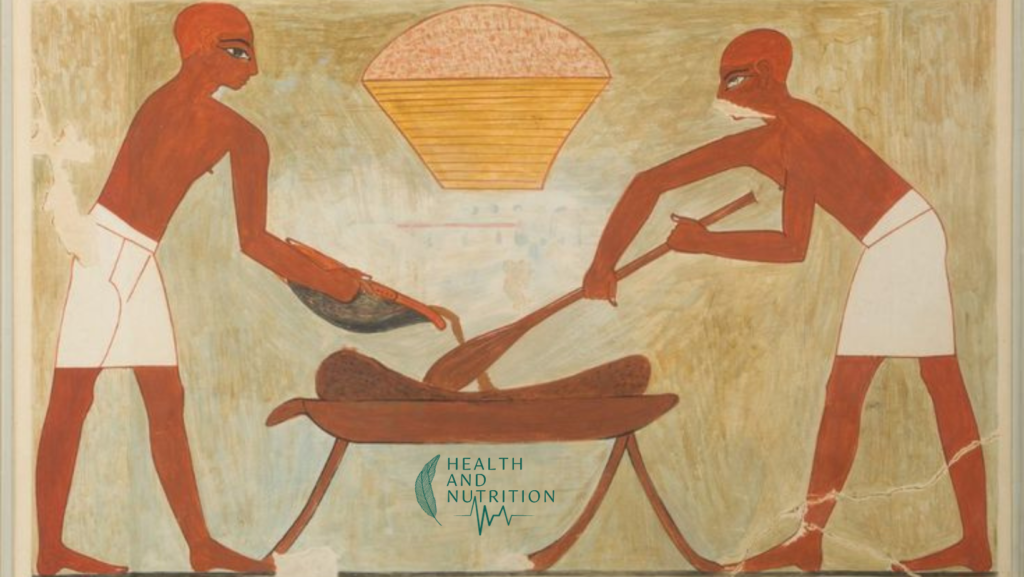
Although the earliest known written recipes are from Mesopotamia other ancient civilizations also had distinctive culinary traditions and preserved their recipes. Hieroglyphics from Egypt show scenes of food preparation, preservation and consumption. Greek and Roman cookbooks provide information about the varied Mediterranean cuisine.
These old recipes which have been preserved on parchment, papyrus scrolls and clay tablets offer important insights into the development of culinary skills the utilization of a variety of materials and the symbolic role that food has had in various civilizations.
Preserving Recipes and Culinary Practices: The Role of Women in Culinary Traditions
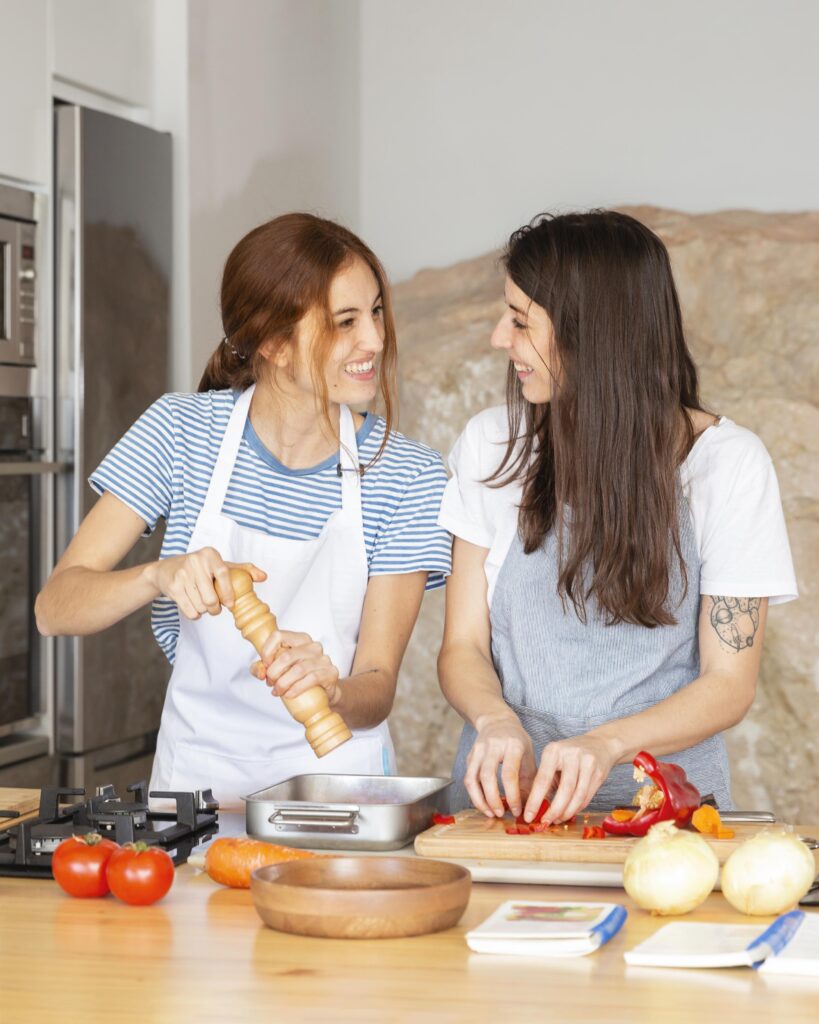
Women have always been essential in maintaining and passing on culinary customs which are frequently handed down through the generations within families and communities. Known by many as “culinary keepers” these women preserved the expertise of cooking methods, ingredient selection and preparation. The various culinary traditions that we enjoy today have been greatly influenced by their contributions to culinary heritage.
These women who frequently worked in homes and kitchens were the guardians of culinary expertise preserving culinary traditions by handing down techniques and recipes from one generation to the next. They were the pioneers of the food industry blending new tastes, testing out ingredients and customizing recipes to fit the needs and resources of their particular locale.
Their contributions to culinary heritage are often overlooked yet their legacy lives on in the rich tapestry of flavors and techniques that we enjoy today.
The Rise of Modern Recipes: Standardization and Dissemination

The printing press was invented in the 15th century and its widespread publication and standardization of recipes led to a radical shift in the dissemination of culinary knowledge.
The public’s access to culinary knowledge was increased and a deeper comprehension of the culinary arts was fostered by these printed recipes which were regularly developed and updated by seasoned chefs.
The standardization of recipes allowed for the exchange of flavors and techniques among many geographical and cultural contexts which notably contributed in the growth of modern cuisine.
Further progress in the culinary arts was made possible by the establishment of culinary schools and the professionalization of cooking.
The Never Ending Search for Culinary Origins
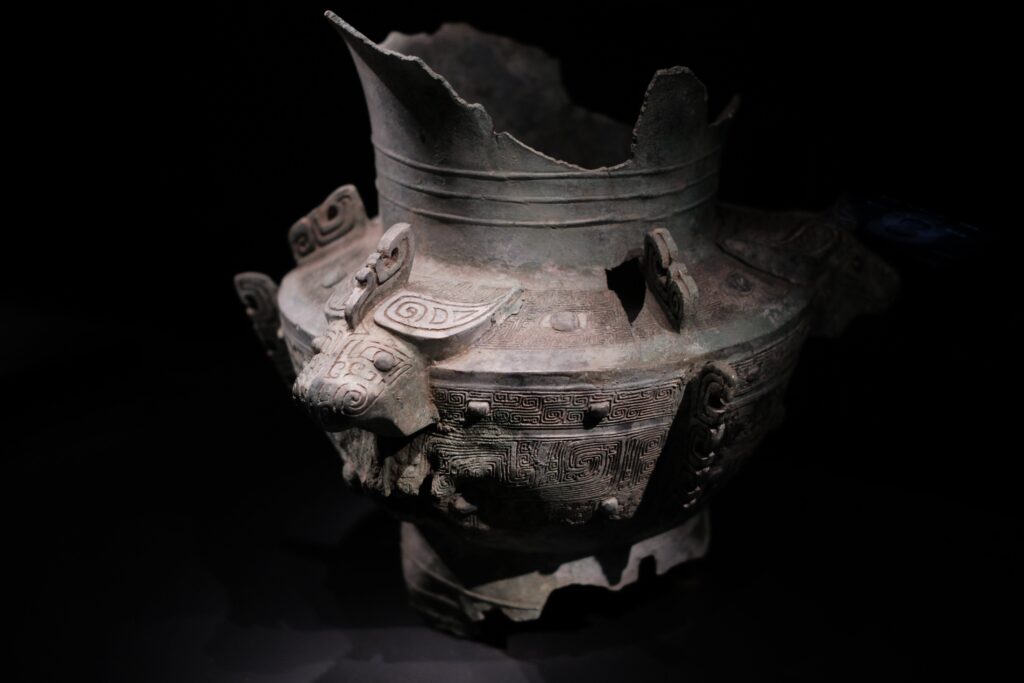
The search for the exact beginnings of the first recipe is still ongoing despite the abundance of culinary history and the preservation of old recipes. Culinary historians, linguists and archaeologists are constantly finding fresh pieces of evidence that help them piece together the complex web of culinary customs and practices that spans civilizations.
Each new piece of information uncovered whether it is a tablet unearthed or a hieroglyph translated advances our understanding of the roots of our gastronomic world.
In conclusion of Who made the first recipe
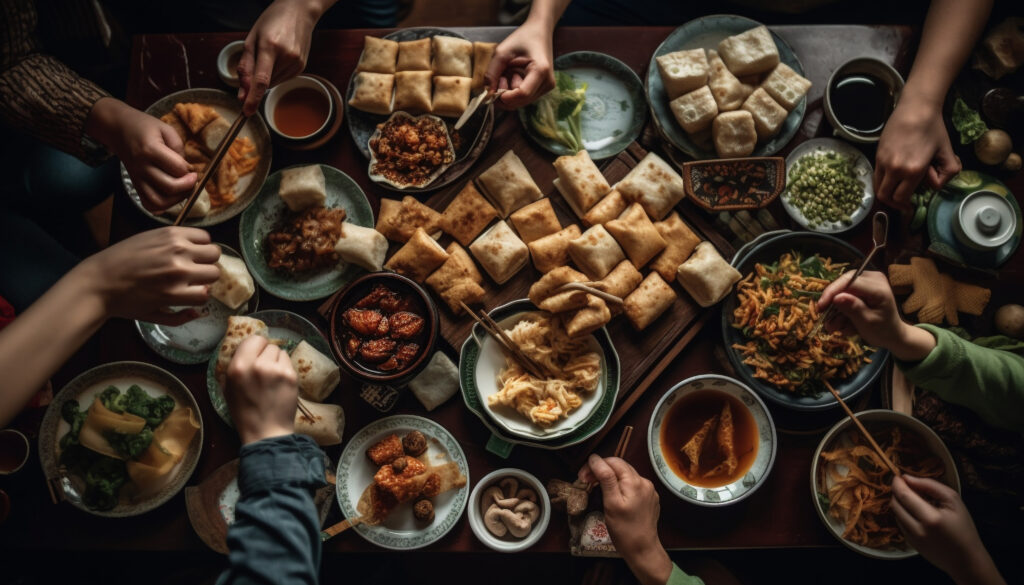
The conclusion of Who made the first recipe is the evolution of recipes from prehistoric cuneiform tablets to contemporary cookbooks exemplifies the enduring interplay between language, culture and food. Every recipe whether ancient or modern bears witness to the resourcefulness, inventiveness and cultural heritage of individuals who have passed down their culinary wisdom through the ages.
These recipes both old and new offer us a rich history of flavors, methods and cultural insights as we continue to explore the culinary world. They also serve as a constant reminder of the eternal ambition to create and relish culinary delights, as well as the fundamental connection between food and our shared humanity.
We take a trip down memory lane with this gastronomic voyage charting the development of flavors, methods and customs that have molded the modern culinary scene. We discover the tales concealed inside recipes which span from ancient Mesopotamia to contemporary kitchens. Each tale is a monument to the inventiveness and cultural legacy of individuals who have passed down their culinary expertise across the decades.
In Who made the first recipe we learn that the origins of the first recipe remains an ongoing journey yet the enduring legacy of culinary traditions lives on in the recipes we cherish today. From ancient cuneiform tablets to contemporary cookbooks, these recipes serve as a testament to the ingenuity, creativity and cultural heritage of those who have passed down their culinary wisdom across generations. They offer us a rich tapestry of flavors, techniques and cultural insights reminding us of the profound connection between food, our shared humanity and the eternal ambition to create and savor culinary delights.
YOU MAY ALSO LIKE THESE – THESE TOPICS ARE RELATED TO THE CURRENT TOPIC ABOUT “WHO MADE THE FIRST RECIPE?”
- What is considered a recipe? – Main
- Why is it called a recipe?
- What are the 7 common recipe categories?
- Why are old recipes called receipts?
If you still have any questions, feel free to mention us in the comments section or explore the FAQs section. OR You can also contact us on our Facebook Page
FAQs
Who made the first recipe?
The exact identity of the person who made the first recipe remains unknown. However the earliest known written recipes date back to around 1730 BC and were found on cuneiform tablets in Mesopotamia the region between the Tigris and Euphrates rivers.
What were the earliest known recipes like?
The earliest known recipes were written in Akkadian a Semitic language used in ancient Mesopotamia. They provided comprehensive instructions for making a variety of foods such as breads, stews and even beer. These recipes offer valuable insights into the culinary customs and practices of prehistoric societies.
What role did women play in preserving and transmitting culinary traditions?
In Who made the first recipe we discussed how women have always played a crucial role in maintaining and passing down culinary customs through the generations within families and communities. They were often referred to as “culinary keepers” and preserved the expertise of cooking methods, ingredient selection and preparation. Their contributions have significantly influenced the various culinary traditions we enjoy today.
How did the invention of the printing press impact the dissemination of culinary knowledge?
The invention of the printing press in the 15th century revolutionized the sharing of culinary knowledge. Printed recipes became widely available allowing more people to access and learn about different cuisines and cooking techniques. This contributed to the standardization of recipes and the exchange of flavors and techniques across various geographical and cultural contexts fostering the growth of modern cuisine.
What is the significance of preserving culinary traditions?
Preserving culinary traditions is essential for safeguarding our cultural heritage and ensuring the continued transmission of culinary knowledge and skills across generations. Recipes serve as a tangible link to the past providing insights into the resourcefulness, inventiveness and cultural legacy of individuals who have passed down their culinary expertise.
What can we learn from studying ancient recipes?
Studying ancient recipes can provide us with valuable insights into the evolution of culinary techniques, the utilization of different ingredients and the cultural significance of food. It allows us to appreciate the rich tapestry of flavors and methods that have shaped the culinary world across civilizations.
What is the future of culinary history research?
The search for the exact origins of the first recipe is an ongoing endeavor and culinary historians, linguists and archaeologists are constantly uncovering new pieces of evidence that help piece together the complex web of culinary customs and practices throughout history. As research continues we can expect to gain a deeper understanding of the roots of our gastronomic world.
What is the importance of sharing and passing down recipes within families and communities?
Sharing and passing down recipes within families and communities holds significant cultural and personal value. It allows for the preservation of culinary traditions the transmission of culinary knowledge from one generation to the next and the fostering of a sense of connection and shared identity.
Recipes often carry emotional significance evoking memories of family gatherings, holidays and cherished moments. Sharing these recipes not only preserves the flavors and techniques of the past but also strengthens bonds and creates lasting connections within families and communities.


